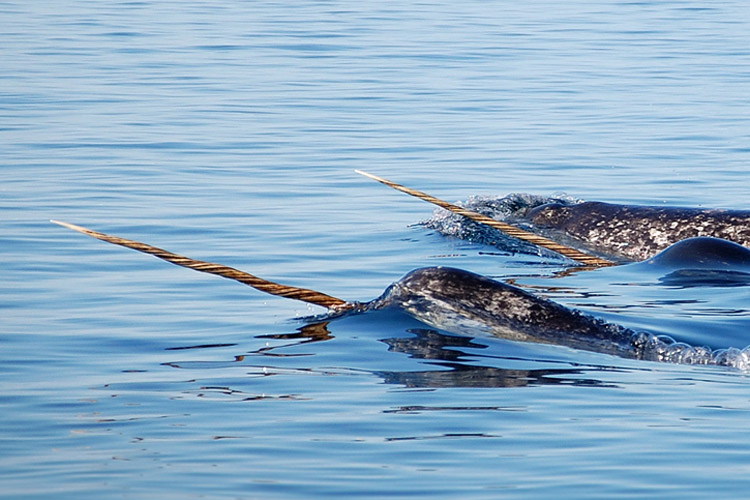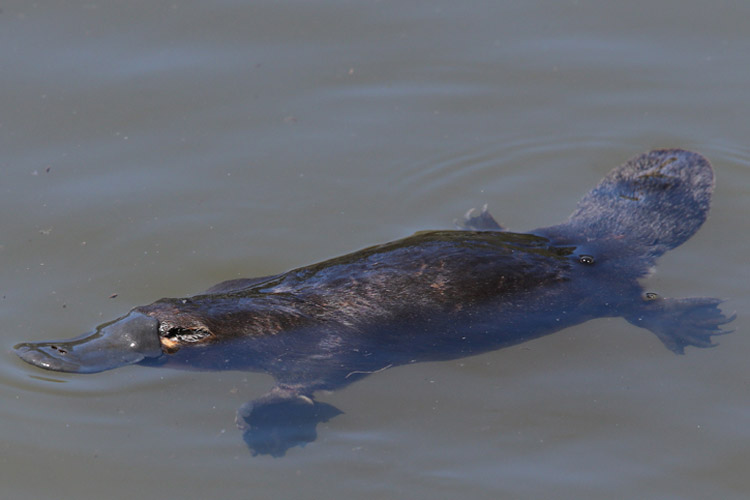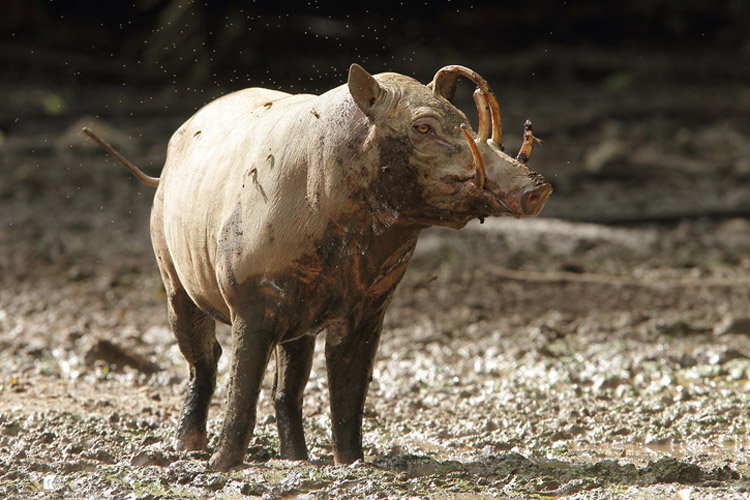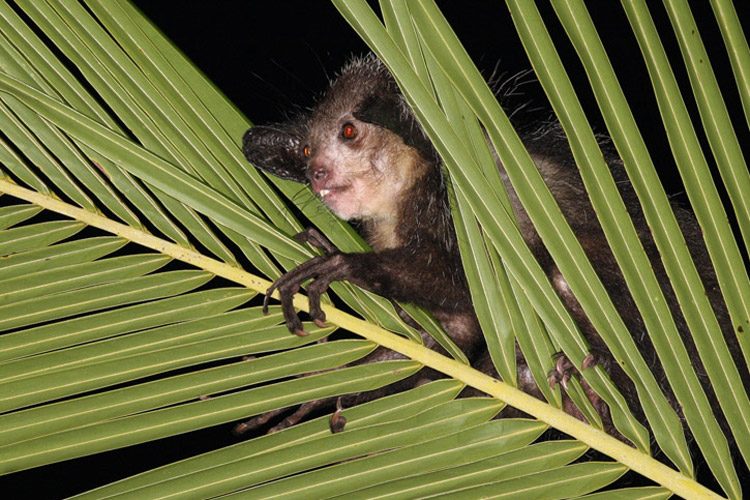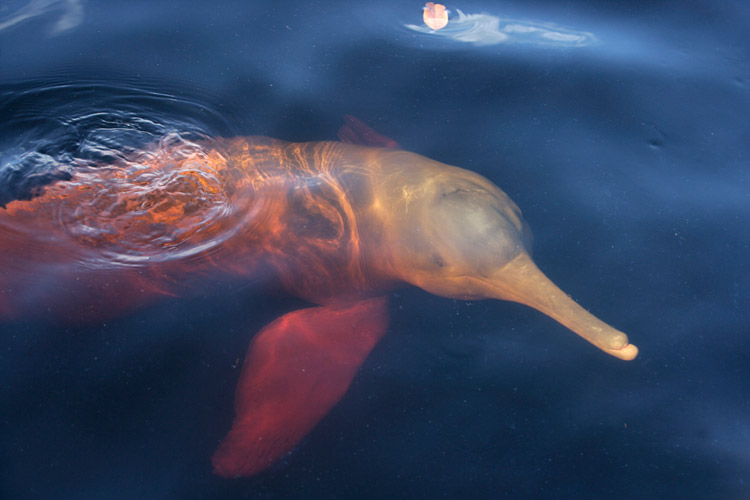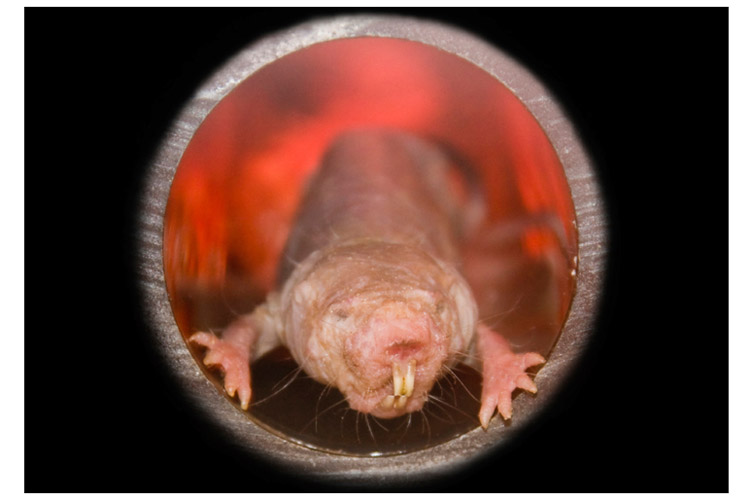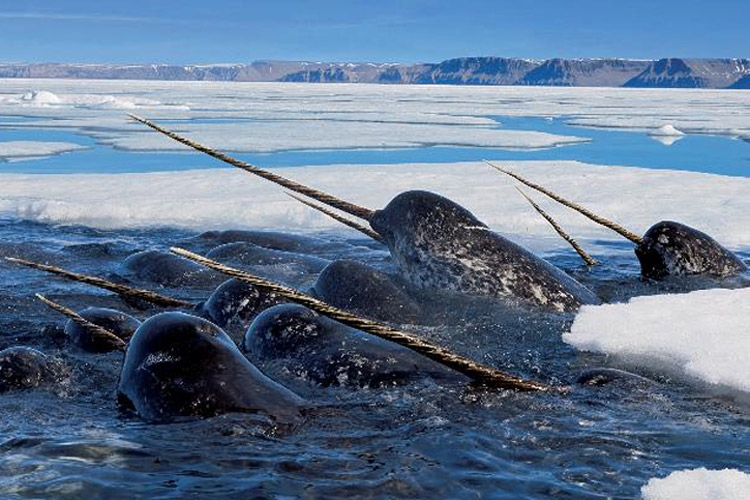Strange or Spectacular?
Posted by Kevin Clement
in Of Interest and Polar Regions
If you were asked to make a list of the strangest animals on earth, what would you put on it? The Duck-billed Platypus, an egg-laying mammal? The Babirusa, with its 4-tusked snout? The Aye-aye, the pink Amazon River Dolphin, the Naked Mole Rat? Your neighbor’s Chihuahua?
One animal that any such list must include is the Narwhal. In case you didn’t put it on your list because you don’t know what the heck it is, let me describe it for you.
A Narwhal is a medium-sized torpedo-shaped whale, up to about 5 meters in the case of males, mottled black on grayish-white in color, no dorsal fin. It’s only close relative is the all-white Beluga. It is in the suborder Odontoceti, the toothed whales. Did I say “toothed”? I mean toothed! The animal has a single, straight, pointed tusk protruding from the center of its snout, thrusting out in front of it like a jouster’s lance. By itself, the tusk may be 3 meters long. This gives the creature the alternate name of Unicorn Whale, and is the reason it makes our strange-animals list.
Indeed, the Narwhal may have given rise to the legend of the Unicorn, and, when the astonishing and inexplicable tusks started showing up in medieval Europe, they most certainly lent support to it. When you first see one of these peculiar implements, especially a big one, you cannot help but gape at it, and it’s not hard to understand why the ancients had to make up a myth to explain it.
What you’re marveling at is the animal’s left incisor tooth. As males (and sometimes, to a lesser extent, females) approach sexual maturity, this tooth (and sometimes the right one too) begins to elongate fantastically. It grows out of its socket and punches through the upper lip (ouch!), until it reaches its final outrageous length. As it does it spirals to the left, leaving a long helical undulation.
A Narwhal tusk is a remarkable thing to see. A Narwhal with a tusk is just incredible. Want to see one? You’re not alone. Over the years, the most frequent question I’ve been asked about northern travel is, “How can I see a Narwhal?” There’s never been a simple answer. There are not many of them, and they are a truly Arctic species, seldom found south of 70 degrees.
Which animal species would make your Strangest Animals on Earth list? Post your whole list below, or just your top nomination. Maybe we’ll end up planning future trips in search of your favorites!
If you’re lucky, you can spot narwhals on our Arctic expedition, Baffin Island & Greenland Tour.

